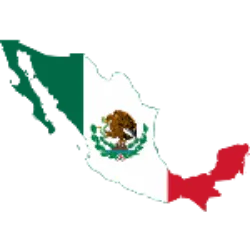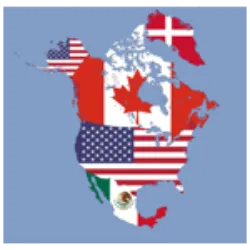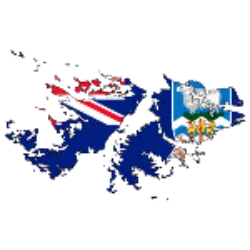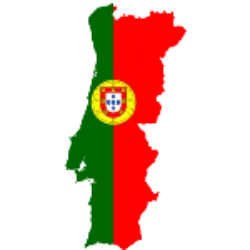A Paradise of Natural Beauty
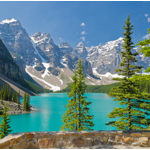
Canada is a popular tourist destination because of its stunning natural beauty, rich history and diverse culture. Here is some information about tourism in Canada: Main tourist attractions: The main tourist attractions in Canada include Niagara Falls, the Rocky Mountains, the city of Vancouver, Toronto, Quebec City and the capital Ottawa. Natural beauty: Canada has some of the most stunning landscapes in the world, with crystal clear freshwater lakes, majestic mountains, lush forests and varied wildlife. Cultural Diversity: Canada is a diverse country with many cultures, languages and traditions. There are many opportunities to experience cuisine, art and music from different cultures. Outdoor activities: Canada is a popular destination for outdoor activities such as skiing, snowboarding, hiking, camping, kayaking and canoeing. The country has many national parks, trails and outdoor recreation areas.
Capilano Suspension Bridge
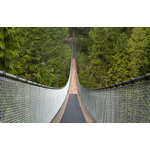
The Capilano Suspension Bridge is a suspension bridge located in Vancouver, Canada that attracts visitors from all over the world. The bridge was built in 1889 and spans 140 meters in length, crossing the Capilano River at a height of 70 meters from the ground. The suspension bridge is a popular attraction for tourists looking for adventure and breathtaking views of nature. In addition to the bridge, the site offers other activities such as trails in the forest and zip-line rides. In 2011, the Capilano Suspension Bridge was rebuilt to improve safety and the visitor experience. Today, the bridge is one of Vancouver's most popular attractions, with visitors enjoying a unique experience as they walk through the trees and observe the area's natural beauty.
Test yourself with one of these challenges 👇
Discover some interesting facts about Canada Tourism
Banff National Park
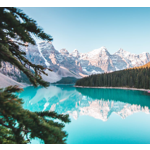
Banff National Park is a national park in the province of Alberta, Canada, known for its natural beauty with mountains, crystal clear lakes, waterfalls and forests, in addition to a wide variety of animals. It is a popular destination for outdoor activities such as hiking, climbing, skiing and boating. The park offers a variety of accommodation options and is a must-see tourist destination in Canada.
The CN Tower is a communications tower located in downtown Toronto, Canada
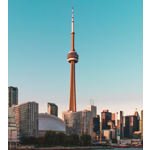
The CN Tower is a communications tower located in downtown Toronto, Canada. Built in 1976, it is one of the main sights of the city, with a height of 553 meters, and was once considered the tallest structure in the world. The tower is used for radio and television broadcasting, in addition to offering several attractions for visitors, such as an observatory with panoramic views of Toronto, a revolving restaurant and a glass platform where visitors can walk on a glass floor at 342 feet tall. The CN Tower is a landmark of the city of Toronto and a must-see for tourists from all over the world.
Parliament Hill
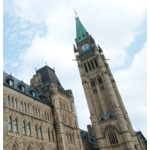
Parliament Hill is a complex of buildings located in Ottawa, the capital of Canada, where the country's government institutions are located. The complex comprises the Parliament Building, which is an icon of 19th-century Gothic architecture, the Parliament Library, the Visitor Center building and other administrative buildings. Parliament Hill is a major tourist attraction in Ottawa, attracting thousands of visitors each year. Visitors can take guided tours of the Parliament building, browse the collections in the Library of Parliament and attend public events such as the Changing of the Guard, which takes place daily during the summer. The view from Parliament Hill is also impressive, offering a panoramic view of the Ottawa River and the city's surroundings.
Niagara Falls is a group of waterfalls located on the Niagara River
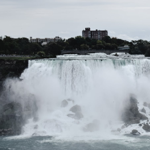
Niagara Falls is a group of waterfalls located on the Niagara River, on the border between the province of Ontario, Canada, and the state of New York, in the United States. The falls consist of three distinct waterfalls: the American Falls, the Bridal Veil Falls and the Canadian Falls, also known as Horseshoe Falls. Niagara Falls is one of Canada's top tourist attractions and receives millions of visitors every year. Visitors can enjoy boat trips to get closer to the falls, hike trails that offer panoramic views or even fly over the area in a helicopter. There are also several hotels, restaurants and shops in the area, making it a complete tourist attraction. The falls are illuminated at night with colored lights, making for an even more spectacular experience.
Montreal Botanical Garden
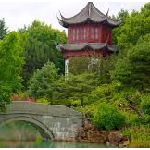
The Montreal Botanical Garden, located in Quebec, is a 75-hectare green space that houses diverse collections of plants and flowers from around the world, in addition to several themed areas, such as the Chinese garden and the Japanese garden. The site also features a butterfly garden, an arboretum, an alpine garden and a greenhouse. It is a popular destination for tourists and locals alike, who enjoy the garden's peaceful and relaxing environment and the many cultural and educational activities offered throughout the year.
Test yourself with one of these challenges 👇
HOME


